It almost feels counterintuitive to remove the seedlings you’ve grown with effort. However, if you plan on growing your greens in the long run, thinning is a crucial step.
Thinning is like the gentle pruning of a crowded garden, allowing your plants the space and resources they need to thrive. In this complete guide, we'll explore the what, why, when, and how of thinning seedlings, ensuring your garden reaches its full potential.
What is Thinning?

Thinning is the intentional removal of excess seedlings to create optimal spacing between plants. Overcrowded plants tend to grow leggy and weak since they have to constantly fight with each other to get nutrients from the soil and sunlight. If you let the crowded plants continue to grow without thinning them, they will grow lanky and start showing signs of stress pretty early on. In addition to this, plants are inclined to grow according to the space they are given to grow. So if you plant your veggies too close to each other, they will never reach their intended size. Hence, the process of thinning helps channel the plant's energy towards stronger, healthier growth, preventing overcrowding and competition for resources.
Why is it Required? Benefits of Thinning:

Thinning is a necessary practice with several benefits including:
- Resource Allocation: Ensures each plant has access to sufficient sunlight, water, and nutrients.
- Prevents Competition: Reduces overcrowding, minimizing the competition for resources among seedlings. This also helps vegetables reach their true mature size.
- Disease Prevention: Enhances air circulation, reducing the risk of fungal diseases.
- Promotes Stronger Plants: Allows for robust root development, resulting in healthier and more productive plants.
When to Thin Seedlings:

Thinning should be done when seedlings have reached a certain size but are still young enough to handle the process without causing undue stress. Typically, this is when the seedlings have grown their first true leaves. At this stage, plants are ready to be transplanted. If you let seedlings grow past this stage, they might start competing for resources, thereby, leaving you with a bunch of stressed seedlings.
Steps to Thin Seedlings:

- Identify Healthy Seedlings: Select the strongest and healthiest seedlings for retention. This is often the most difficult part since you’ve grown all of them with so much effort. But retaining the healthiest seedlings will be better for your greens in the long run.
- Choose Thinning Distance: Each plant is created differently. Hence, it's important to understand the optimum space requirements of each variety. For example, an iceberg lettuce head needs 8-10 inches of space for each plant to grow well. Refer to the planting instructions of that particular variety you intend to grow to determine the ideal spacing for each plant variety.
- Gently Remove Excess Seedlings: Use small scissors or pinch off unwanted seedlings gently by hand at the soil level to avoid disturbing the roots of the remaining plants.
- Dispose of Removed Seedlings: Use the disposed of seedlings in your compost pile.
- Water Seedlings: Water the remaining seedlings immediately to help them recover from the thinning process.
Transplanting after Thinning: What to Remember

If thinning results in extra space, consider transplanting some seedlings to a new location. When transplanting, remember:
- Handle with Care: Transplant gently to avoid damaging the roots.
- Water Adequately: Ensure the transplants receive sufficient water to aid in their adjustment to the new environment.
List of Vegetable and Herb Seedlings that Require Thinning:

- Carrots: Thinning prevents overcrowding for proper root development. The ideal planting distance is 2-3 inches for carrot plants.
- Radishes: Thinning radishes ensure round, well-formed radishes. It's ideal to plant radish plants 2-3 inches apart.
- Lettuce: All types of lettuce require thinning. This promotes larger, healthier leaves. The ideal planting distance between two lettuce plants is 8-12 inches.
- Beets: When it comes to beetroot, thinning prevents the competition for nutrients underneath the soil. Beetroot plants prefer a planting distance of 4-5 inches between them.
- Spinach: Thinning allows for larger and more robust spinach leaves with better flavors. The ideal planting distance between two spinach plants is 6-8 inches.
- Tomatoes: Tomatoes are a garden essential that can benefit from proper thinning. Thinning tomato plants from the beginning ensures adequate airflow and reduces disease risk. The ideal planting distance between two tomato plants is 18-24 inches. Pro-tip: When planting tomato seedlings, be sure to bury them deeply up to the first set of leaves on the stem. This helps promote stronger root growth for your tomato plants.
- Cucumbers: Thinning cucumber plants prevent overcrowding and improve fruit quality later. Thin the cucumber seedlings to 12-18 inches for best results.
- Basil: For bushier growth and higher yields in basil plants, it’s best to thin them at the seedling stage. The ideal planting distance for two basil plants is 6-12 inches.
- Chives: Thinning facilitates proper air circulation and growth in Chive plants. Distance chive plants 6-12 inches apart for best results.
- Parsley: In the case of parsley, thinning avoids overcrowding for better leaf development. A distance of 8 to 12 inches is ideal when thinning parsley plants.
Therefore, instead of growing a bunch of lanky and weak seedlings that will eventually wither away, it’s best to give enough room to the healthiest seedlings from the lot. Follow these general practices to save the healthiest seedlings from your planting to get the most of your garden.


 Sign In
Sign In


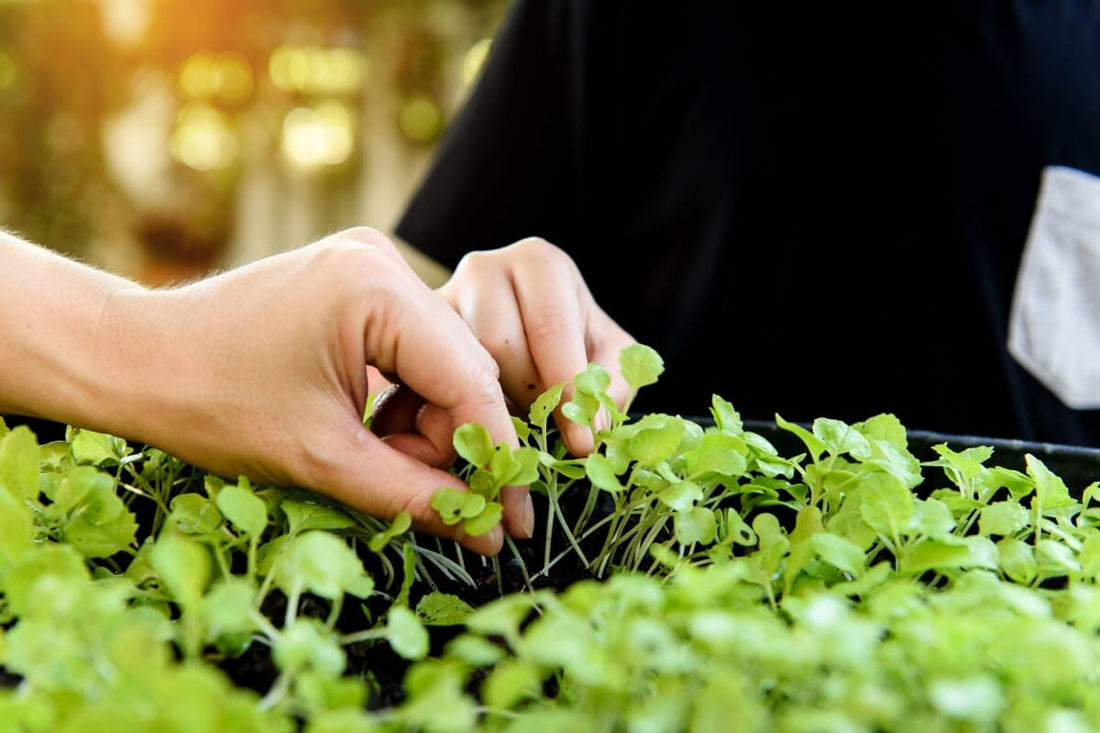
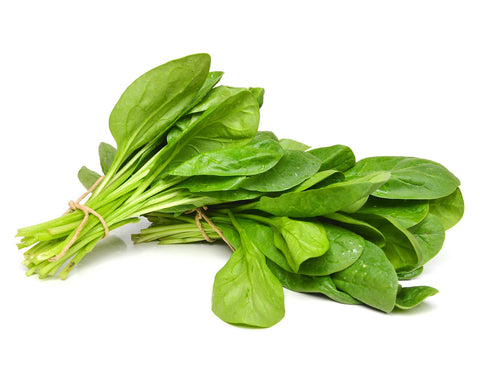
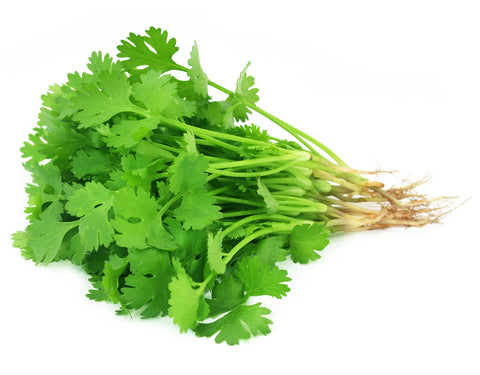
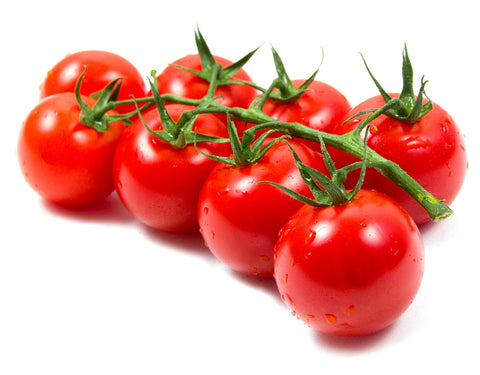
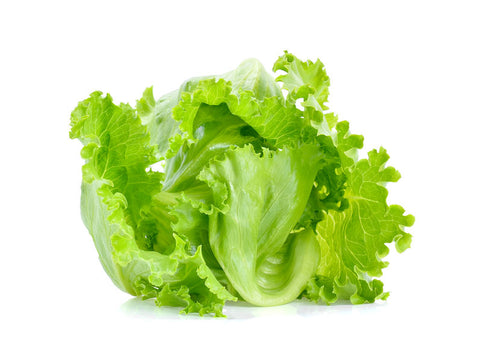
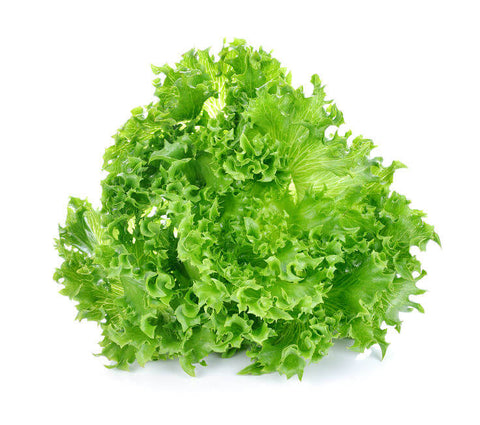
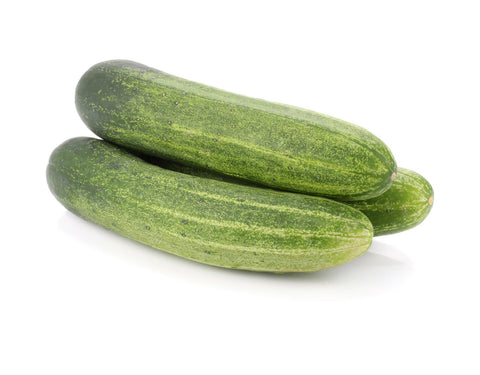
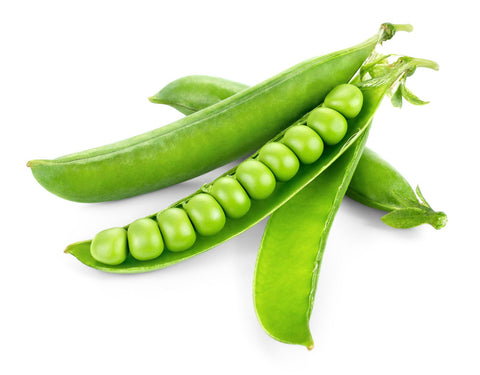
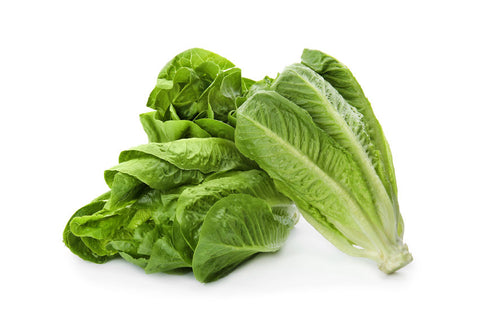
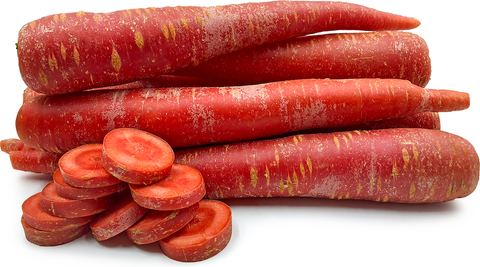
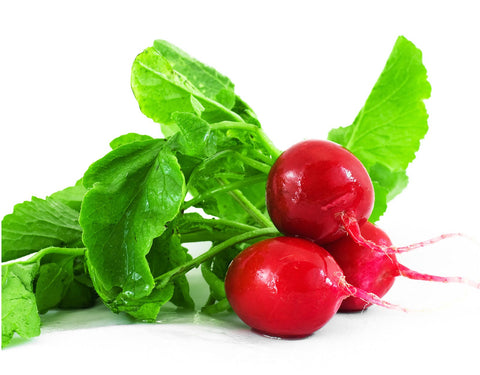
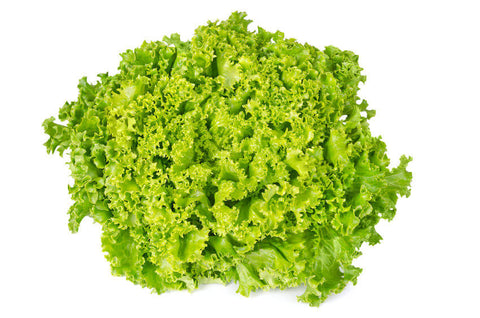
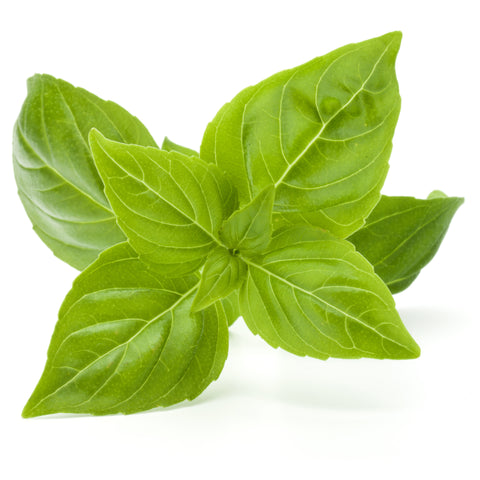
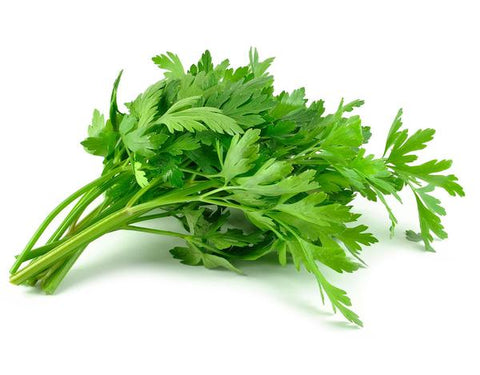






Let us know your feedback
* Comments must be approved before being displayed.